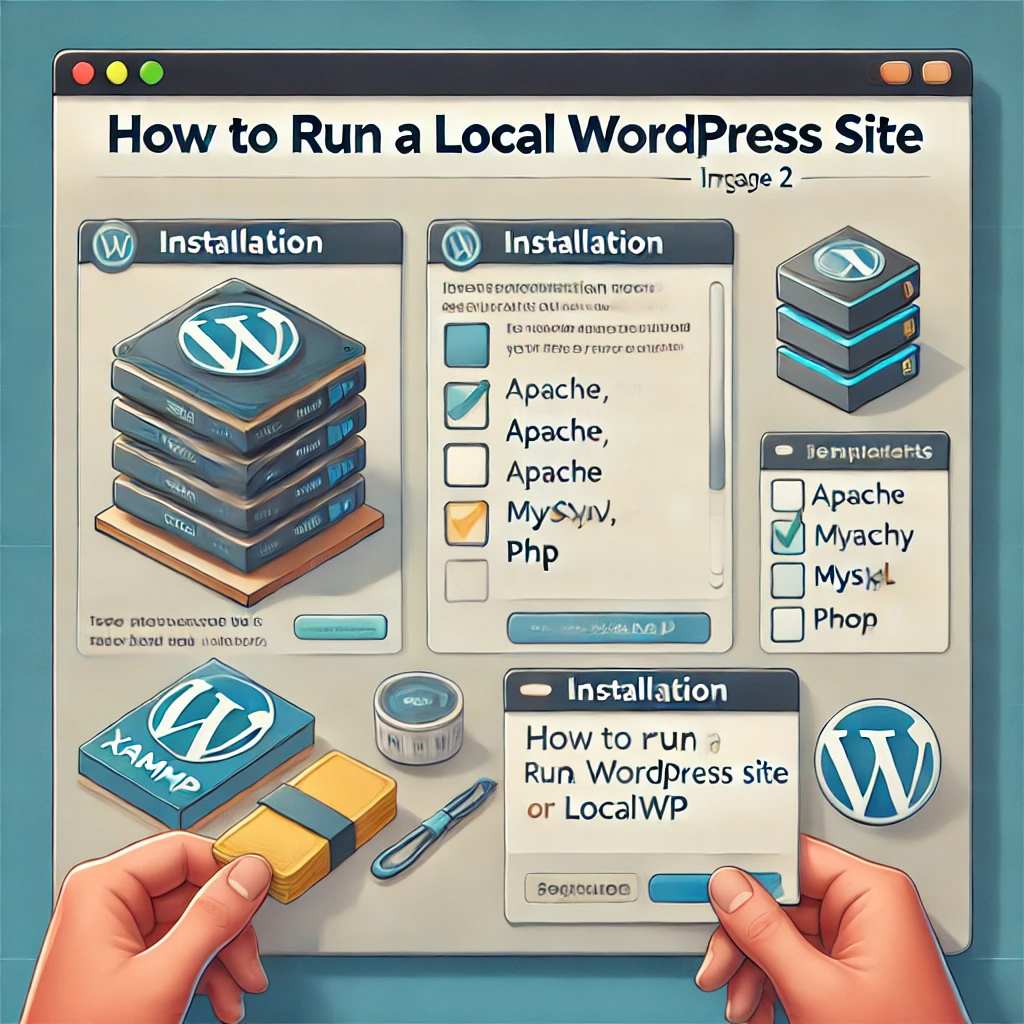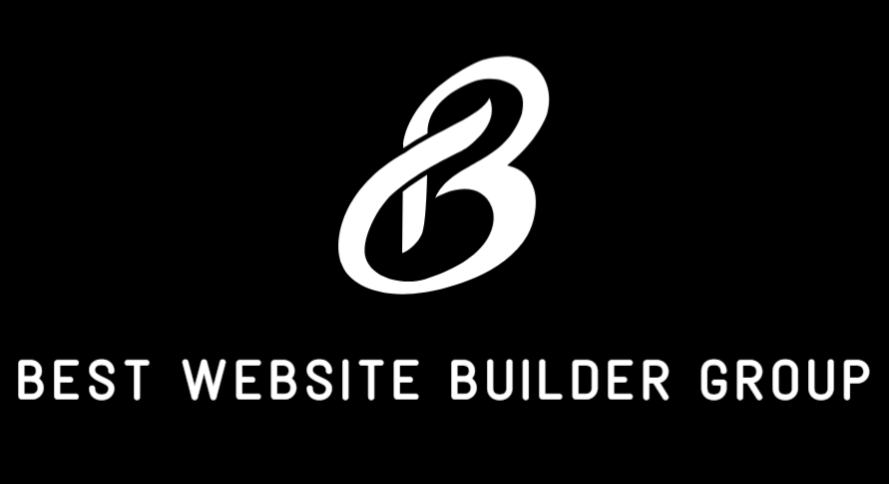When working within the WordPress ecosystem, it’s common to manage categories as a way to organize blog content, product types, or even dynamic content structures. But what happens when a category is accidentally deleted? The question arises: Can you undelete a WordPress category?
This is more than just a technical curiosity. For content creators, developers, and website managers, accidental deletion can disrupt site structure, internal linking, and even SEO performance. In this article, we’ll explore the truth about WordPress category deletions, how recovery works (or doesn’t), how to minimize data loss, and how professionals handle these events — especially with the guidance of web teams like Best Website Builder Group.

How WordPress Handles Categories
In WordPress, categories are a type of taxonomy, used to group posts into logical collections. Each category is stored as a record in the database’s wp_terms and wp_term_taxonomy tables. Unlike posts or pages, which are stored in wp_posts and can be recovered from the trash, categories behave a bit differently.
When you delete a category:
- It is immediately and permanently removed from the database.
- Posts associated with that category are not deleted; they are simply disassociated.
- There is no built-in trash bin for taxonomies like categories or tags.
So, can you undelete a WordPress category? Technically, not by default — but there are ways to recover it or manually recreate it with the same properties.

What Happens Behind the Scenes When a Category is Deleted
When you delete a category, WordPress runs a function that removes all references to that term from its internal taxonomy structure. Here’s what occurs:
- The category is removed from the
wp_termsandwp_term_taxonomytables. - Post-to-category relationships stored in
wp_term_relationshipsare also cleaned up. - Any custom metadata attached to that category (via plugins or custom code) is lost.
This means the deletion is more like a hard delete in traditional database terms — it’s not soft-deleted or reversible without a backup or manual database intervention.
Restoring a Deleted Category from Backup
The most reliable method for recovering a deleted WordPress category is to restore a site backup that includes the category data.
If you’re using a reputable backup plugin like:
- UpdraftPlus
- BackupBuddy
- Jetpack Backup
- BlogVault
…you can either do a full-site restore or a database-only restore to roll back to a previous state. This is a recommended approach if the category contained critical custom metadata or if it played a central role in navigation, taxonomy queries, or SEO.
How to Perform a Backup-Based Recovery:
- Log into your backup system or plugin dashboard.
- Identify the last backup that contains the deleted category.
- Restore the database only (to avoid overwriting other file changes).
- Verify that the category and its relationships are restored.
If you’re hosting with companies like Kinsta or SiteGround, many offer daily backups with one-click restore functionality from your hosting dashboard.
This is one reason Best Website Builder Group encourages all clients to have automated, redundant backups in place. It’s the fastest safety net for unintentional changes like this.
Manually Recreating the Category
If no backup is available, you can manually recreate the category by:
- Going to Posts → Categories
- Re-adding the exact same category name and slug
- Reassigning the posts that used the category
It’s worth noting that the term ID will likely be different, which can impact hard-coded queries or theme logic if your site references category IDs instead of slugs.
If your theme uses functions like:
phpCopyEditin_category(12)
…you may need to update those ID references.
This approach also won’t restore any custom metadata or plugin-related data previously attached to the category.

Advanced Recovery via Database Tools
If you recently deleted a category and haven’t purged database tables, there may be a slim chance to recover it using tools like phpMyAdmin or Adminer.
Steps may include:
- Accessing your WordPress database
- Querying the
wp_termstable withAUTO_INCREMENThistory - Inspecting binlogs or using undo features (if your host supports it)
- Extracting data from local staging environments or caching layers
This route is recommended only for developers or those comfortable working with MySQL.

SEO and Navigation Impact
A deleted category can have downstream effects:
- 404 errors for category archive pages
- Broken internal links in menus or sidebar widgets
- Loss of SEO authority if the category page was indexed and ranking
Use tools like Google Search Console, Screaming Frog, or Ahrefs to identify 404s caused by missing category pages and redirect them accordingly.
You can also implement 301 redirects using plugins like Redirection or through your .htaccess file if your server uses Apache.
For example:
apacheCopyEditRedirect 301 /category/old-category-slug https://yourdomain.com/category/new-category/
Preventing these issues with careful link management and backup policies is key.
How to Avoid Accidental Deletions
To minimize the risk of losing categories, consider:
- Role-based access control: Only admins should be able to delete taxonomies.
- Use a staging site: Make structural changes in staging before pushing to live.
- Activate confirmation prompts: Some admin customization plugins allow added delete confirmations.
- Leverage plugins like WP Activity Log to monitor user actions
For enterprise-level WordPress setups, Best Website Builder Group includes built-in version control, rollback systems, and staging workflows to safeguard against human error.
Plugin Alternatives for Undo-Like Behavior
While WordPress core doesn’t support undoing category deletions, some plugin ecosystems attempt to bridge the gap.
For instance:
- WP Revisions Control: Tracks post changes but not taxonomy deletions.
- Simple History: Logs changes to taxonomies and user actions.
- WP Activity Log: Offers comprehensive event tracking, allowing admins to trace who deleted what.
However, none currently offer true recovery for deleted categories, only logging and awareness.

Conclusion
So, can you undelete a WordPress category? Technically, no — once deleted, categories are permanently removed unless you have a backup or can recreate them manually.
Understanding how WordPress handles taxonomies helps avoid critical errors and informs how you should approach content structure and site architecture. At Best Website Builder Group, we build WordPress websites with the right safety nets, user roles, and backups in place to avoid these issues altogether.
If you’re managing a content-rich WordPress site or simply want better control over taxonomy and content structure, consider reaching out for a professional setup and safeguard strategy.
